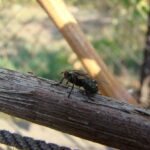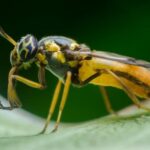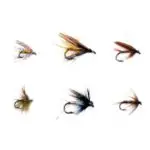Controlling the Location Where Flies Lay Eggs
There are several factors that can affect the number of eggs laid by a fly. First of all, the eggs can be unevenly distributed, clumped, or have variable shapes. Moreover, the type of medium in which eggs are laid can affect the number of eggs. For example, a fly may lay more eggs on a softer medium than on a harder one.
Secondly, the location where flies lay eggs varies from species to species. In general, the eggs of house flies are found in organic materials that are decaying. The eggs are pale in color and hatch within eight to twenty hours of the adult fly laying them. Once the eggs hatch, the flies develop into larvae. These larvae can be up to half an inch long and are off-white. They look like small worms and have kidney-shaped markings. Their bodies are very thin, and they breathe through spiracles.
The first step in controlling fly infestations is to prevent the flies from reproducing. By keeping your kitchen clean and dry, you will not allow these insects to lay eggs. You should also close all your doors and windows. Installing tight-fitting screens on windows and doors will also keep the flies away. You can also hire a pest management professional to help you control flies by identifying the breeding sites and developing a plan to combat the problem.
Another step that should be taken in controlling the population of flies is to understand their behavior. There are certain species that are more likely to lay eggs on living animals, and some of these species can cause infections as well.







